No products in the cart.
Home Improvement, Lawn and Gardening, Plants and Planters, Plants Saplings
Succulent Baby’s Necklace
NPR 1,600.00 NPR 1,700.00
The “Baby’s Necklace” succulent is known by its botanical name, Crassula perforata. It’s a charming and visually appealing succulent with unique characteristics.Baby’s Necklace (Crassula perforata) is cherished for its neat and organized appearance, making it an attractive choice for succulent arrangements, hanging pots, or terrariums. Its trailing growth and easy-care nature make it a favorite among succulent enthusiasts and gardeners.
Facts about Succulent baby’s necklace-
- Botanical Name: Crassula perforata is the scientific name for the Baby’s Necklace succulent.
- Appearance: Baby’s Necklace has small, cylindrical leaves that are arranged in opposite pairs along trailing stems. The leaves are pale green to bluish-green and have a slightly translucent quality. The plant’s growth habit makes it look like a string of tiny beads or pearls, hence the common name.
- Size: This succulent can trail or spread to a length of about 12 to 18 inches (30 to 45 centimeters) or more, making it suitable for hanging baskets or trailing over containers.
- Flowering: Baby’s Necklace can produce small clusters of white or pale pink star-shaped flowers in late winter or early spring. While the flowers are charming, the main appeal of this plant lies in its unique leaves.
- Origin: This succulent is native to South Africa and is part of the Crassulaceae family, which includes many other popular succulent genera.
- Light: Provide bright, indirect sunlight to partial sun for Baby’s Necklace. It thrives in well-lit conditions but should be protected from intense, direct sunlight, which can scorch the leaves.
- Temperature: Maintain temperatures between 60°F to 80°F (15°C to 27°C). Protect it from frost and extreme cold.
- Watering: Allow the top inch (2.5 cm) or so of the soil to dry out between waterings. Water thoroughly when needed, and ensure that the pot has drainage holes to prevent overwatering.
- Soil: Use a well-draining succulent or cactus potting mix to ensure proper drainage. Adding perlite or coarse sand can improve drainage further.
- Container: When growing Baby’s Necklace in a pot or container, choose one with drainage holes to prevent waterlogged soil.
- Fertilization: Feed your Baby’s Necklace sparingly with a balanced, water-soluble succulent fertilizer during the growing season (spring and summer). Reduce or eliminate fertilization during the dormant period.
- Propagation: You can propagate Baby’s Necklace from stem cuttings. Allow cuttings to callus for a day or two before planting them in well-draining soil.
- Pests and Diseases: While it is generally pest-resistant, occasionally check for common succulent pests like mealybugs and aphids. Remove pests manually or treat with a suitable insecticide.
Care tips-
- Light: Provide bright, indirect sunlight to partial sun for your Baby’s Necklace succulent. It thrives in well-lit conditions but should be protected from intense, direct sunlight, which can scorch the leaves. Rotate the plant occasionally to ensure even growth.
- Temperature: Maintain temperatures between 60°F to 80°F (15°C to 27°C) during the growing season. Protect the plant from frost and extreme cold, as it is not frost-tolerant.
- Watering: Allow the top inch (2.5 cm) or so of the soil to dry out between waterings. Water thoroughly when needed, ensuring that excess water drains from the pot. Baby’s Necklace prefers slightly drier conditions compared to some other succulents, so be cautious not to overwater, as it can lead to root rot.
- Soil: Use a well-draining succulent or cactus potting mix to ensure proper drainage. Adding perlite or coarse sand can improve drainage further.
- Container: Choose a pot or container with drainage holes to prevent water from pooling at the bottom. Repot your succulent as needed to accommodate its growth.
- Fertilization: Feed your Baby’s Necklace sparingly with a balanced, water-soluble succulent fertilizer diluted to half strength during the growing season (spring and summer). Reduce or eliminate fertilization during the dormant period in fall and winter.
- Humidity: Baby’s Necklace succulents are well adapted to low humidity environments, making them suitable for typical indoor conditions with moderate humidity levels.
- Pruning: Prune dead or damaged leaves as needed to maintain the plant’s appearance and overall health. You can also trim the stems to encourage branching and denser growth.
- Propagation: You can propagate Baby’s Necklace succulents from stem cuttings. Allow cuttings to callus for a day or two before planting them in well-draining soil.
- Pests and Diseases: While generally pest-resistant, occasionally check for common succulent pests like mealybugs and aphids. Remove pests manually or treat with a suitable insecticide.
Based on 0 reviews
Only logged in customers who have purchased this product may leave a review.
Vendor Information
- Store Name: Ajambari
- Vendor: Ajambari
- No ratings found yet!
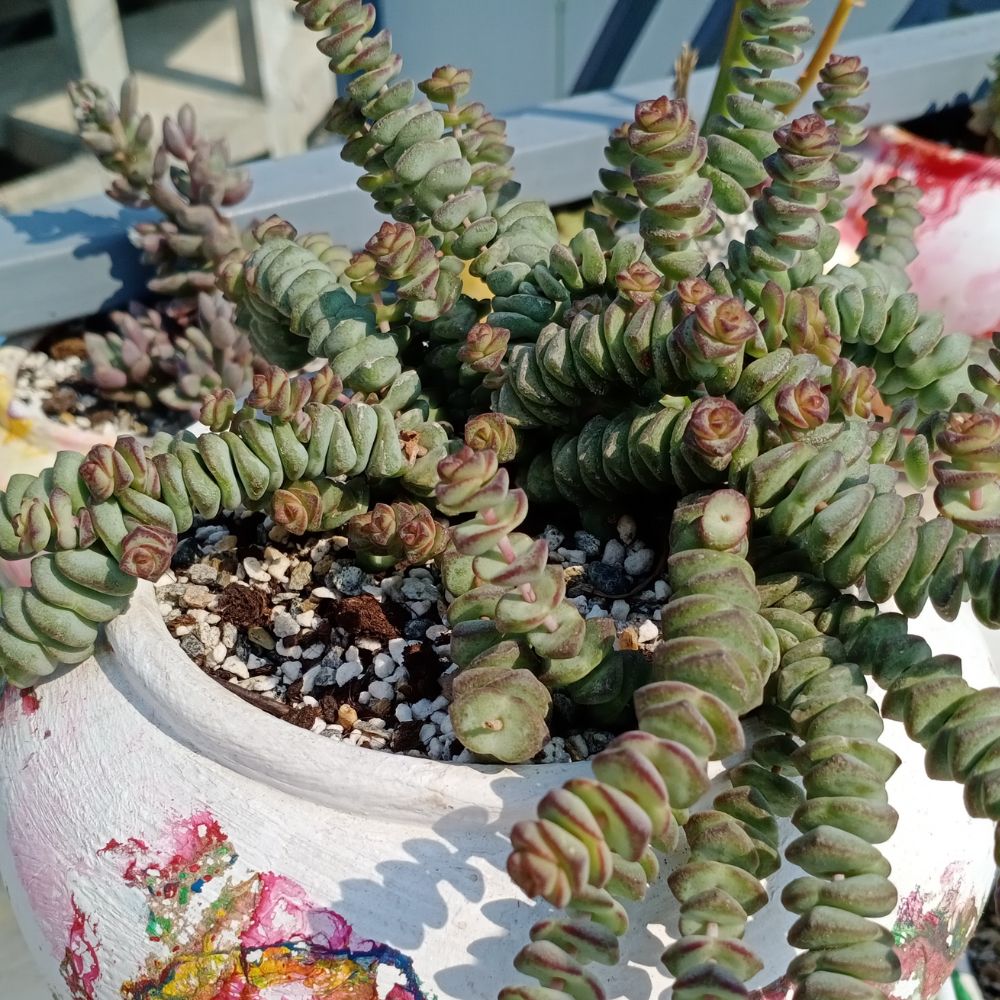

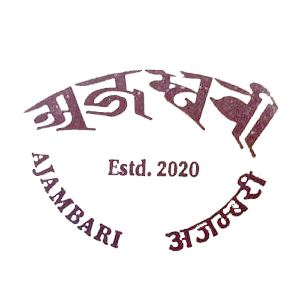

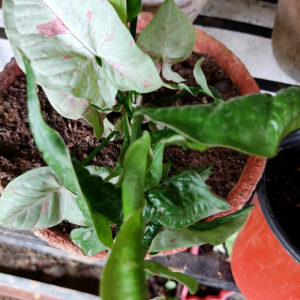
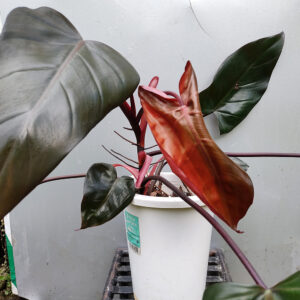
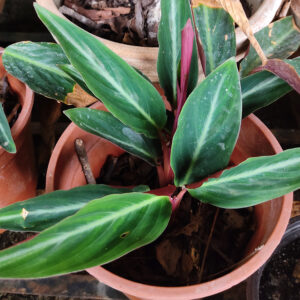
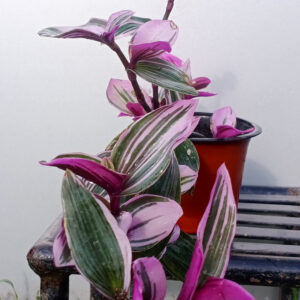
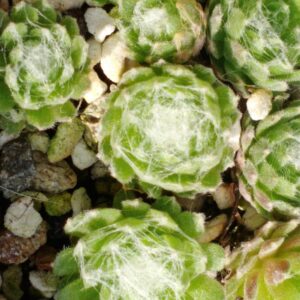
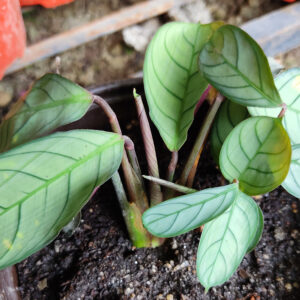
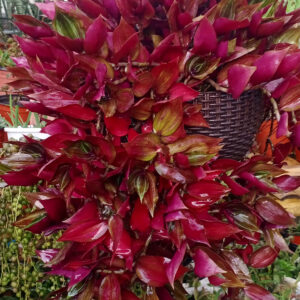
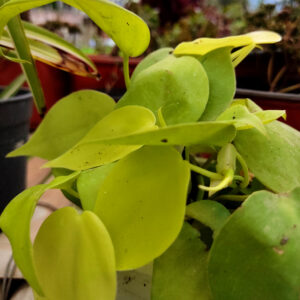
There are no reviews yet.